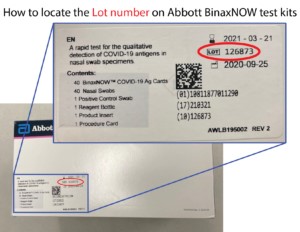Nursing homes are required to electronically submit direct care staffing information to the Payroll-Based Journal (PBJ) system. Submissions must be received by the end of the 45th calendar day (11:59 PM Eastern Standard Time) after the last day in each fiscal quarter to be considered timely. PBJ data for 7/1/21 through 9/30/21 is due November 14, 2021. Please submit PBJ data as soon as possible to avoid delays. CMS recommends running staffing reports in CASPER prior to the submission deadline to ensure the accuracy and completeness of submissions. Please remember, the Final File Validation Report verifies that the submission was successful.
Please note: If you need assistance with the PBJ quarterly submission and the deadline falls on a weekend, you must contact the QIES/iQIES Service Center no later than the Friday before the submission deadline, as the Service Center will be unavailable to assist on the weekend. Therefore, phone and email support will be concluded as of Friday, November 12, 2021 at 8:00 p.m. (ET).More information about PBJ can be found on the following webpages:
- CMS PBJ webpage – https://www.cms.gov/Medicare/Quality-Initiatives-Patient-Assessment-Instruments/NursingHomeQualityInits/Staffing-Data-Submission-PBJ
- PBJ Reference Manuals – https://qtso.cms.gov/vendors/payroll-based-journal-pbj-vendors/reference-manuals
- PBJ Training – https://qtso.cms.gov/training-materials/payroll-based-journal-pbj
- PBJ FAQs – https://qtso.cms.gov/reference-and-manuals/payroll-based-journal-pbj-frequently-asked-questions-052020

